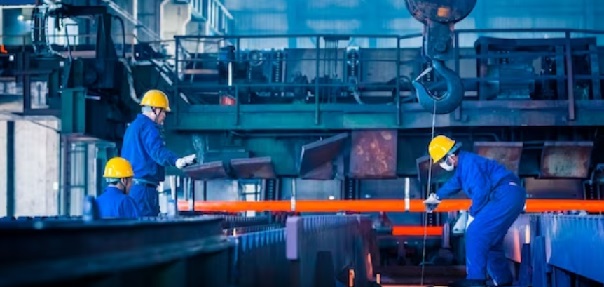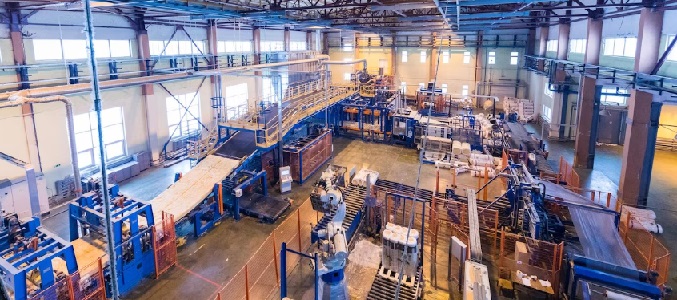The manufacturing landscape in Hong Kong is a tapestry woven with threads of resilience, innovation, and adaptability. Over the years, this vibrant region has undergone significant transformations, riding the waves of change and challenges to emerge as a unique hub for manufacturing excellence. In this article, we will delve into the multifaceted world of Hong Kong manufacturing, exploring its historical roots, the impact of global shifts, and the innovative strides that continue to define its future.
Historical Origins
The story of Hong Kong’s manufacturing prowess begins in the early 20th century, when the region primarily served as a trading port. During the Second World War, it experienced economic devastation, but it didn’t take long for Hong Kong to rise from the ashes. The post-war years saw a remarkable resurgence in the Hong Kong manufacturing sector.
In the 1950s and 1960s, Hong Kong transformed into a manufacturing powerhouse, particularly in the textile and garment industry. Low labor costs and a skilled workforce fueled the region’s rise, propelling it into global prominence as a manufacturing hub. The iconic “Made in Hong Kong” label became synonymous with quality and affordability.
The Global Shifts
The manufacturing landscape of Hong Kong, like any other, has been significantly impacted by global shifts and trends. The 1970s and 1980s marked a period of globalization, as multinational corporations sought to exploit the low labor costs and well-established supply chains of Hong Kong. However, this very globalization also began to shape the region’s manufacturing identity.
As production costs started to rise in Hong Kong, manufacturers adapted by moving their production bases to nearby regions with lower labor costs, such as mainland China. This shift allowed Hong Kong to focus on high-value-added manufacturing, research and development, and innovation.

Amidst these global shifts, Hong Kong’s manufacturing industry underwent a transformation characterized by innovation and adaptability. The territory evolved from labor-intensive industries to high-tech manufacturing, embracing cutting-edge technologies such as robotics, automation, and 3D printing.
Today, Hong Kong is home to a diverse manufacturing landscape that spans various sectors, including electronics, biotechnology, and precision engineering. The region is also at the forefront of sustainable and green manufacturing practices, with a growing emphasis on reducing waste and environmental impact.
Clusters of Excellence
In Hong Kong, manufacturing excellence is not confined to a single sector. The region has developed specialized clusters of excellence in various fields. One such cluster is the Hong Kong Electronics Industry, which is known for its expertise in consumer electronics, semiconductors, and advanced display technologies. These achievements are a testament to the region’s commitment to staying at the cutting edge of technological advancements.
Another remarkable cluster is the Hong Kong Biotechnology Industry. This sector has seen significant growth, with research institutions and businesses collaborating to develop innovative solutions in healthcare, pharmaceuticals, and life sciences. This collaborative spirit has given rise to groundbreaking advancements in the medical field, making Hong Kong a global hub for medical technology and research.
Challenges and Resilience
While Hong Kong manufacturing has continually evolved and adapted to global changes, it hasn’t been without its challenges. Rising labor and production costs, the need for skilled labor, and intense competition from neighboring regions are just a few of the hurdles faced by the industry.
However, Hong Kong’s manufacturers have demonstrated resilience and creativity in tackling these challenges. They have embraced automation and digitalization, implemented lean production processes, and fostered collaboration with research and educational institutions. These efforts have allowed them to remain competitive and continue offering world-class products.
Supply Chain Resilience
The global disruptions caused by the COVID-19 pandemic brought to light the importance of supply chain resilience. Hong Kong, with its robust infrastructure, connectivity, and adaptability, demonstrated its capacity to weather the storm. The region’s manufacturers rapidly adapted to the changing demands of the market, ensuring a continuous flow of essential goods to global markets.
Conclusion
Hong Kong’s manufacturing industry has evolved from its humble origins as a trading port to a global manufacturing hub known for its innovation, resilience, and adaptability. With a history rich in transformation, the region has shown its ability to stay at the forefront of global manufacturing trends.
As we look to the future, the burst of innovation in Hong Kong’s manufacturing sector continues to impress, proving that this region is a force to be reckoned with. From electronics to biotechnology, and from precision engineering to sustainable practices, Hong Kong remains a key player in the world of manufacturing, embracing complexity and variety, and ensuring a prosperous future for its dynamic industries.

